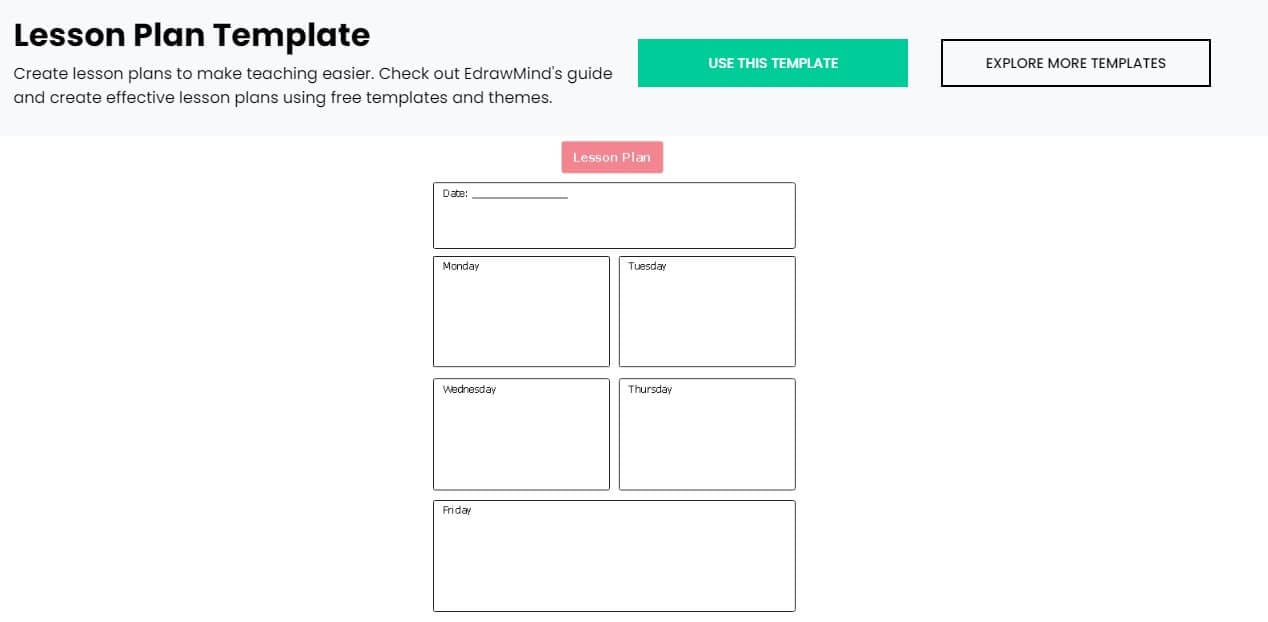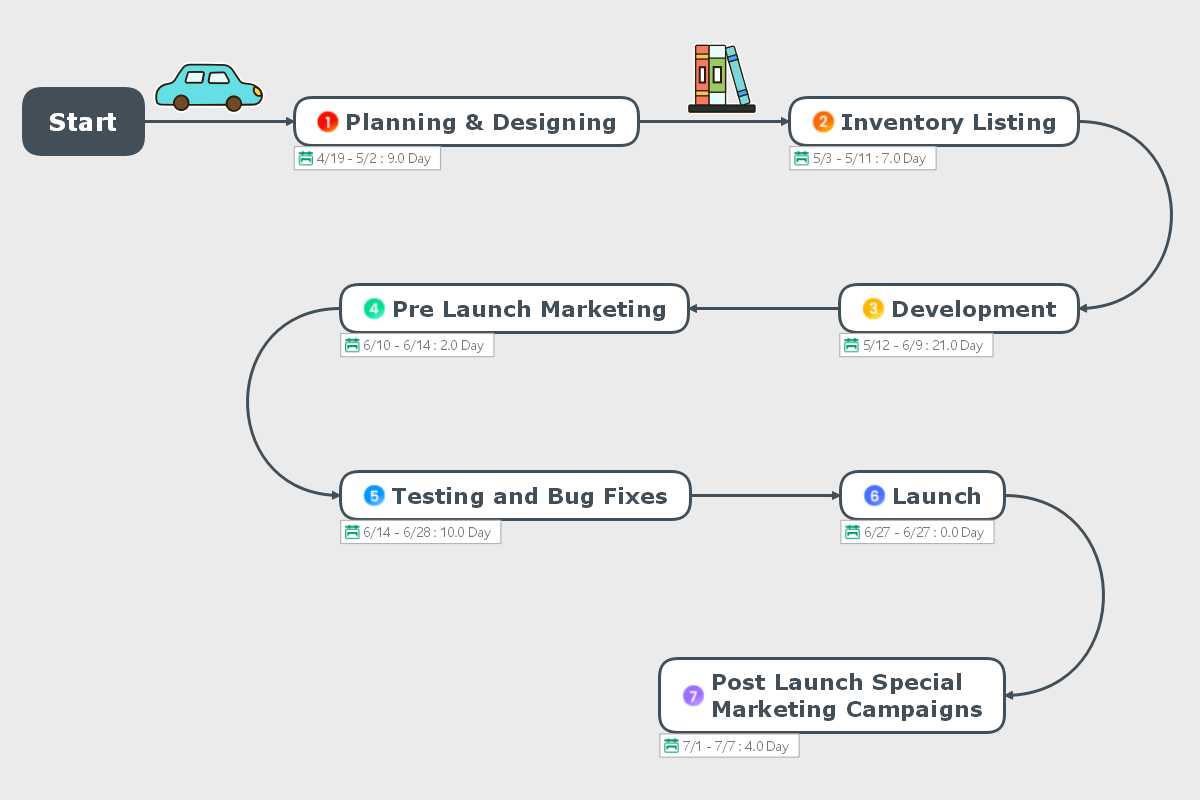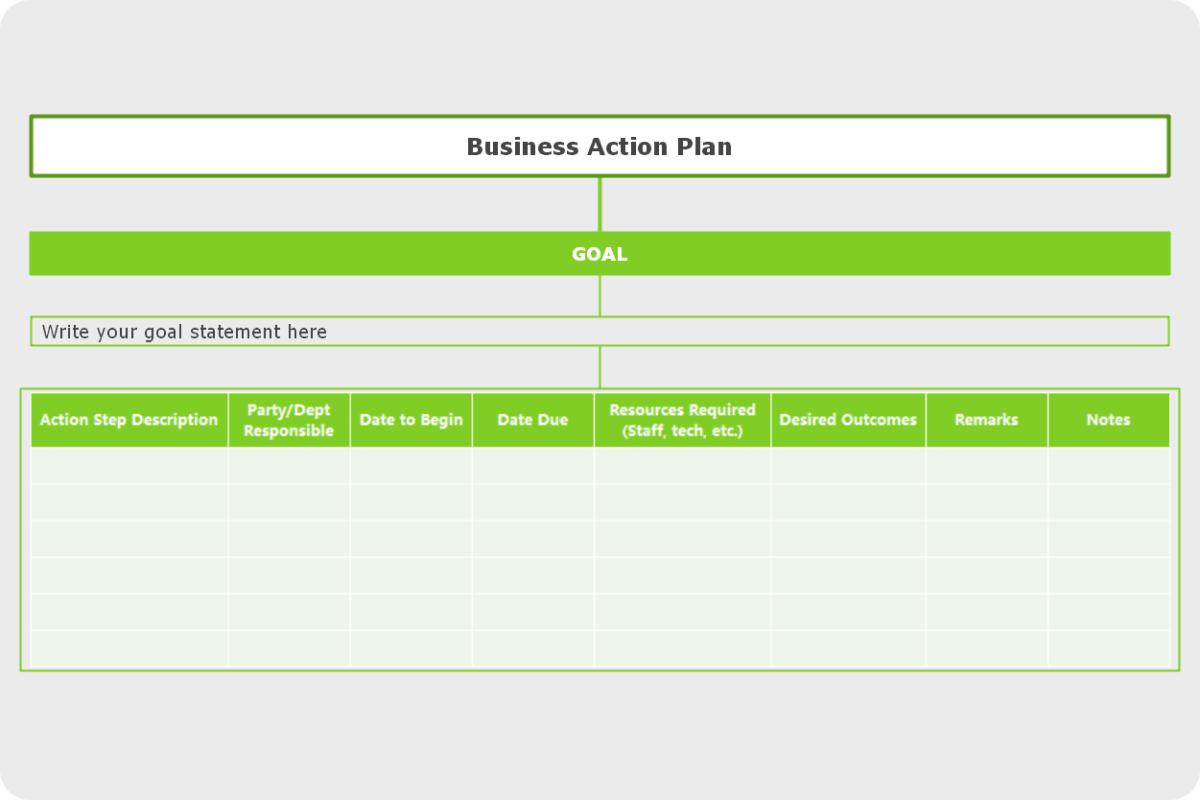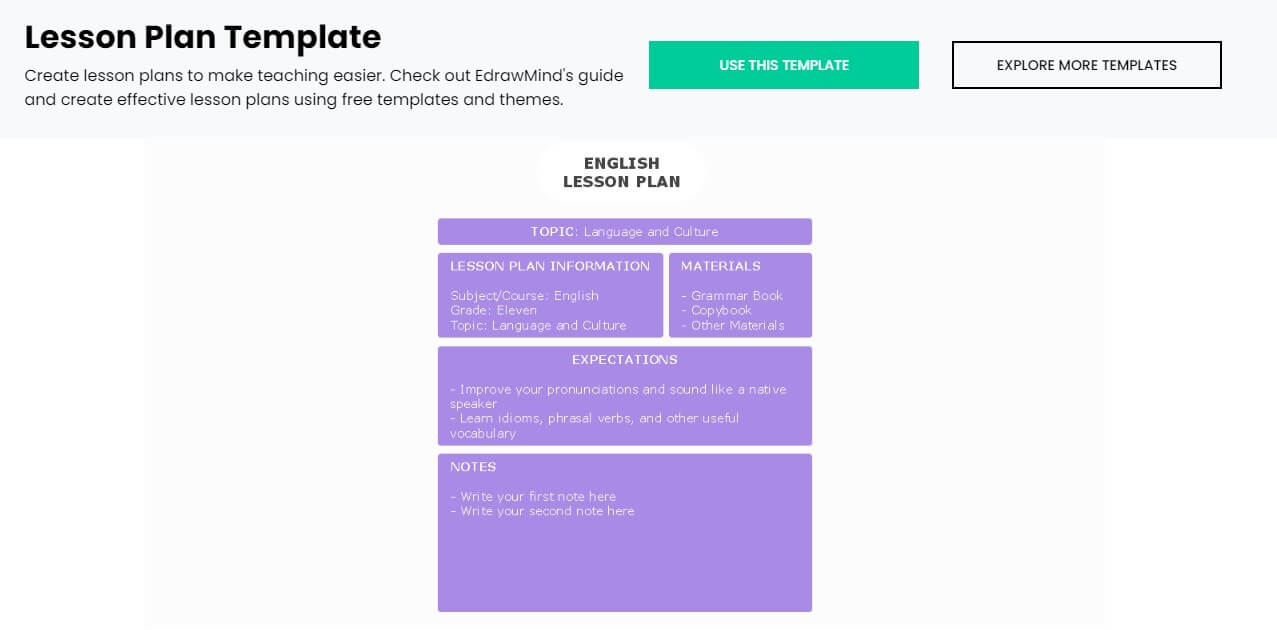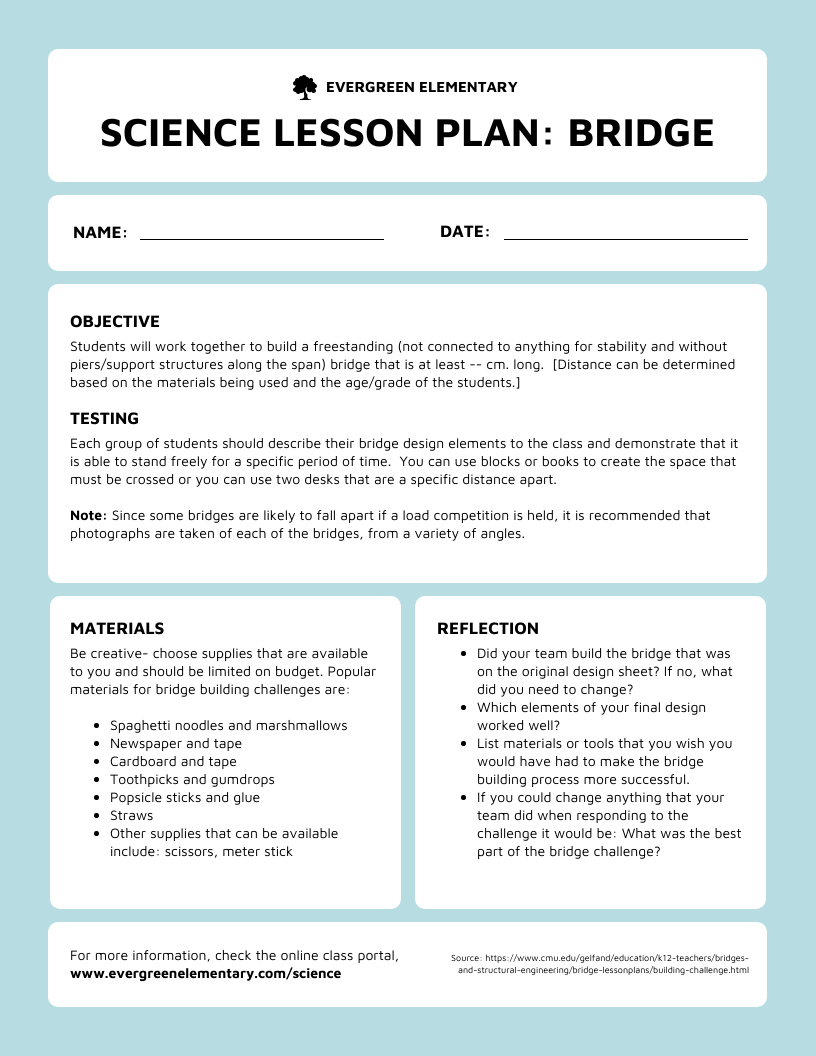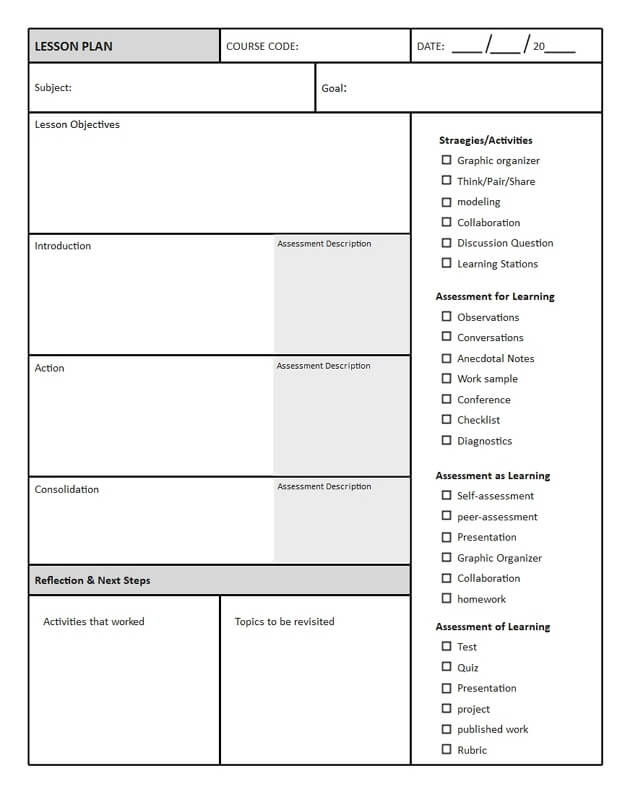In the ever-evolving landscape of education, the significance of well-crafted lesson plans cannot be overstated. They are the guiding stars, illuminating the path to engaging and impactful learning experiences. Whether you're a seasoned educator or a novice, this lesson plan example is your gateway to understanding, creating, and maximizing the potential of lesson plans in the classroom.
As we navigate the intricacies of lesson planning, the second part of our guide takes you on a step-by-step journey to master the art of crafting effective lesson plans. From setting clear objectives to incorporating engaging activities, we provide practical insights. Continue reading below to learn more.
What is the Lesson Plan
A lesson plan is the compass of effective teaching, serving as a comprehensive roadmap that outlines the what, how, and why of educators' instructional endeavors. It is a dynamic document that meticulously details the topics, teaching methodologies, and the rationale behind each lesson element. This strategic tool is a crucial organizer, ensuring educators approach their teaching with clarity and purpose.
The benefits and importance of a well-constructed lesson plan extend far beyond its organizational role:
- It enhances the overall structure of the teaching process, providing educators with a clear framework to follow and fostering coherence in content delivery.
- A thoughtfully designed lesson plan example improves student engagement by incorporating varied and interactive teaching methods, making the learning experience more dynamic and participative.
- The lesson plan serves as a key driver for enhanced learning outcomes, as it facilitates educators in aligning their teaching strategies with the desired educational goals.
In essence, a lesson plan isn’t just a guide for teachers—it’s the key to effective teaching, providing a clear path for educators to navigate the complexities of the classroom with precision and purpose. It’s the backbone that ensures a focused and successful learning experience.
How to Create a Lesson Plan
Creating an effective lesson plan is a skill that transforms educational objectives into a structured and engaging learning experience. Here's a step-by-step guide in numerical format:
1. Define Clear Objectives
Begin by establishing clear and measurable learning objectives. What do you want your students to achieve by the end of the lesson? These objectives serve as the guiding principles for the entire planning process.
2. Know Your Audience
Consider the needs, interests, and learning styles of your students. Tailor your lesson plan to resonate with their unique characteristics, ensuring maximum engagement and comprehension.
3. Outline Content
Break down the subject matter into digestible segments. Ensure a logical flow that aligns with your learning objectives. This step involves deciding on the key concepts, skills, or knowledge you intend to impart.
4. Choose Effective Teaching Methods
Select teaching methods that align with your objectives and cater to various learning styles. This could include interactive activities, multimedia presentations, group discussions, or hands-on experiments.
5. Incorporate Assessment Strategies
Integrate both formative and summative assessments to gauge student understanding. This ensures that the lesson is not just a one-way transmission of information but an interactive process that facilitates learning.
6. Create Engaging Activities
Develop activities that reinforce the lesson content and actively involve students. Engaging in activities enhances comprehension and retention, whether it's a group project, a discussion, or a hands-on experiment.
7. Consider Time Management
Allocate appropriate time for each segment of your lesson. This helps maintain a balanced pace, prevent information overload, and ensure all key components are covered within the allotted timeframe.
8. Reflection and Improvement
After delivering the lesson, reflect on its effectiveness. What worked well, and what could be improved? Use this feedback loop to continuously enhance and refine your future lesson plans.
By following these steps, educators can create a well-rounded and impactful lesson plan example that covers the necessary content, engages students, and contributes to meaningful learning experiences.
8 Examples of Lesson Plan
1. Lesson Plan Template for 11th Grade
This comprehensive guide unfolds as a structured roadmap, featuring specific objectives illuminating the path toward a deeper understanding of literary concepts. The template fosters a hands-on and experiential learning environment by seamlessly integrating essential materials. As insightful signposts, keynotes create a structured pathway for an immersive literary journey, inviting students to engage with thoughtfully curated material.
2. Blank Canvas Lesson Plan
This template provides a comprehensive framework for teachers to organize weekly activities or topics. Educators can tailor each section to their lesson objectives with its clean slate, seamlessly adapting the template to their unique teaching styles. Utilizing this template allows teachers to effortlessly fill in the details, ranging from daily activities to specific topics covered daily.
3. Designing and Planning Lesson Plan Template
This all-encompassing template empowers educators to craft well-defined lessons, covering everything from learning goals to interactive activities. Drawing inspiration from marketing, it goes beyond the usual by integrating pre-launch tactics, enabling educators to strategically generate excitement for lessons. This template is a tool for crafting meaningful educational experiences, where strategic marketing comes together to enhance the effectiveness of each lesson.
4. Comprehensive Lesson Plan Template
These include essential details such as grade level, subject, date, and topic, ensuring a clear and organized lesson overview. Delving deeper, sections like "Lesson" and "Lesson Goal" provide space to articulate the core content, including "Learning Objective" outlining specific outcomes for student achievement. Recognizing the importance of supplementary materials, a dedicated "Reading Material" space allows educators to incorporate relevant resources.
5. Business Action Plan Template
The template includes Business Goals, Key Action Steps, timelines, Responsible Parties, and Key Performance Indicators (KPIs). Business goals let you outline your objectives, while Key Action Steps break down these goals into actionable tasks. Moreover, the Timeline enables you to set realistic deadlines. The template incorporates Key Performance Indicators (KPIs), providing measurable criteria for assessing the impact of your actions.
6. English Lesson Plan Template
In this English Lesson Plan template within EdrawMind, the emphasis is on exploring the dynamic intersection of Language and Culture. Various sections, including Lesson Plan Information, Material, Expectation, and Notes, provide a comprehensive structure for educators. Lesson Plan Information captures essential details like the date and class, ensuring an organized teaching approach.
Additionally, the material serves as a space for outlining necessary resources, facilitating seamless preparation. The core lies in the Expectation section, guiding teachers to articulate anticipated topics for student understanding post-lesson. The Notes section allows flexibility for additional considerations, encouraging reflective teaching practices.
7. Science Lesson Plan Template
The Science Lesson Plan Template for EdrawMind is a comprehensive guide for educators, covering key sections like Lesson Information, Objectives, Materials, Procedure, Assessment, and Notes. It ensures organized teaching by including essential details, streamlining resource preparation, offering a step-by-step guide, incorporating assessment methods, and allowing flexibility for reflection and additional questions during the lesson.
8. Lesson Plan Strategy Template
In this Lesson Plan Strategy Template, meticulously crafted within EdrawMind, educators can employ a systematic approach to lesson planning, ensuring a thoughtful and strategic teaching experience. The template encompasses key sections such as Lesson Information, Objectives, Strategies, and Assessment. The template ensures a structured foundation, clear learning outcomes, diverse teaching methods, and assessment for a thoughtful and strategic teaching experience.
Conclusion
This comprehensive guide delves into the art of effective lesson planning, emphasizing the importance of structure, creativity, and adaptability. From defining objectives to incorporating engaging activities, the provided lesson plan example ensures educators have a dynamic tool to orchestrate impactful learning experiences. Encouraging student feedback through the Notes section creates a collaborative learning environment.
To further enhance your lesson planning endeavors, I highly recommend utilizing Wondershare EdrawMind. This versatile platform streamlines planning and offers advanced features to elevate your teaching strategies. Explore the integration of EdrawMind's new features, such as AI-powered presentations (ai PPT) and AI-generated videos, enabling you to create rich, interactive lesson plans that captivate and inspire.



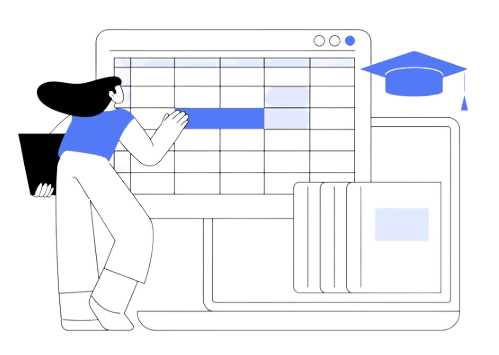
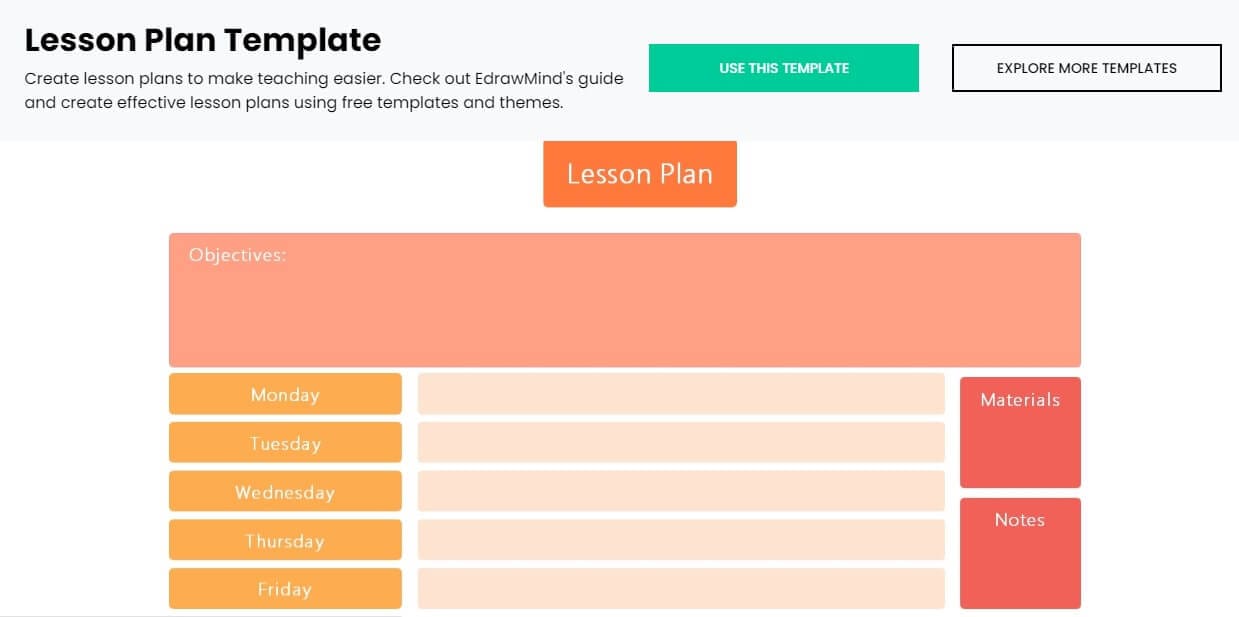
 below.
below.  below.
below. 